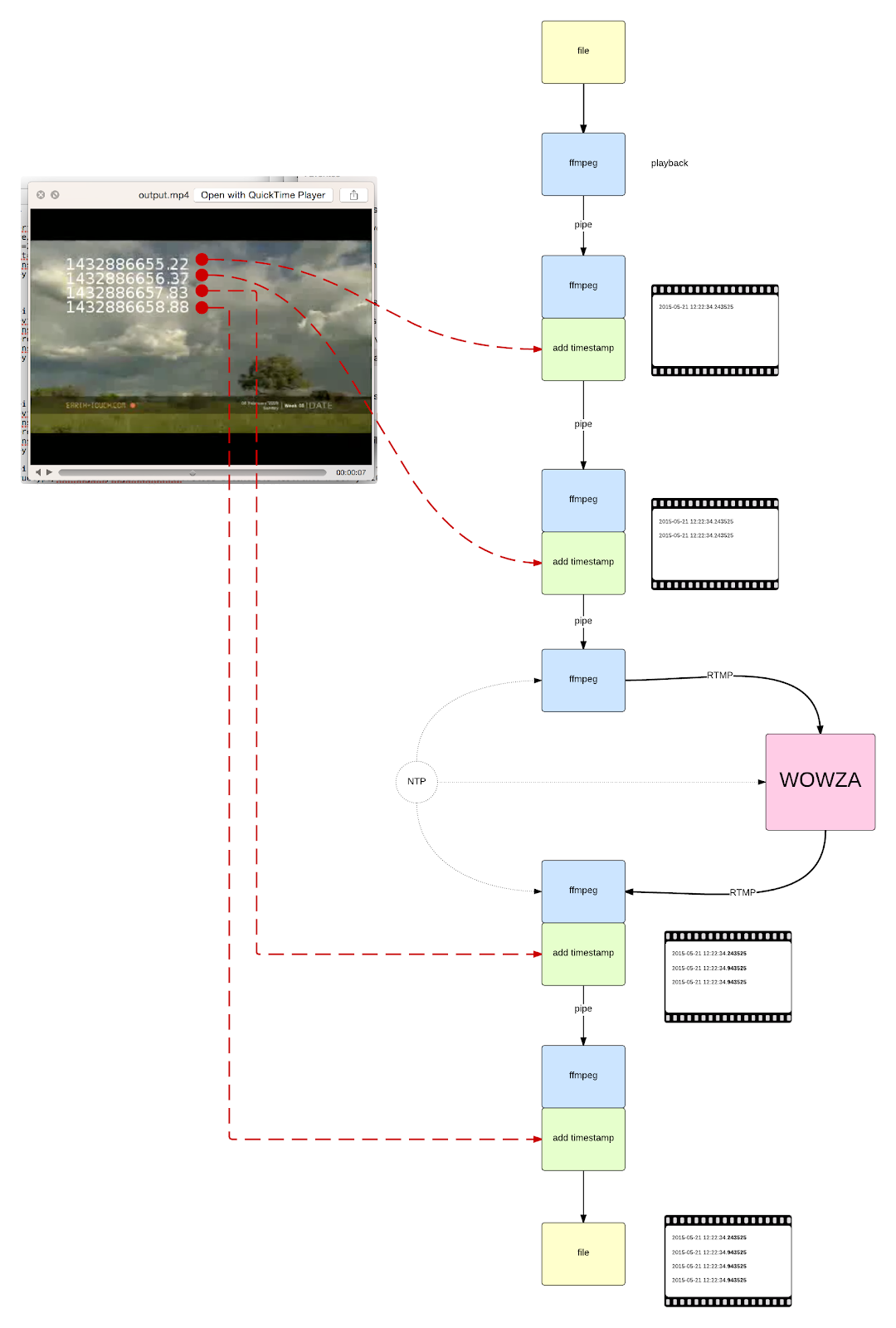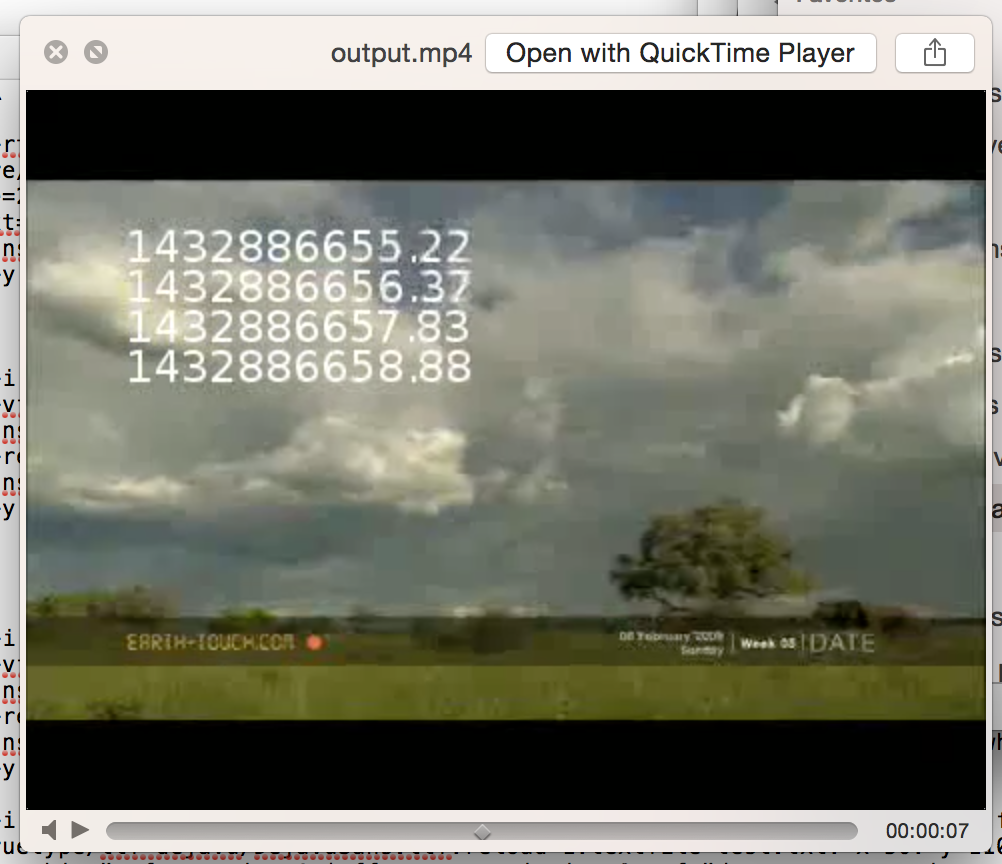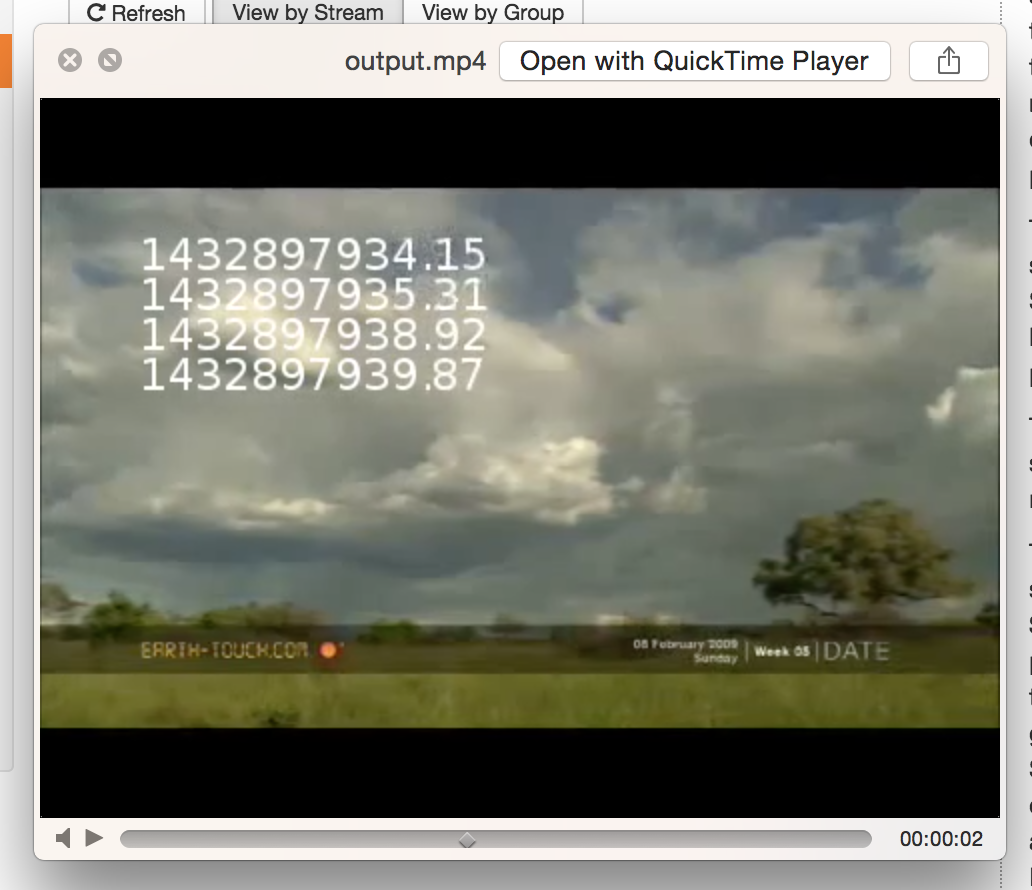Wowza powered by M3 and G2 instances on AWS ?
This blogpost is continuation of ffmpeg/ffserver network latency benchmark.
Today, I will focus on delay introduced by Wowza. As the previous blogpost showed the source of the delivery delay which is not the network latency but rather the computation itself I will try to explain how to reduce that waste of the time. At he beginning we have to find what exactly does cause the delay. After deeper research I have found what follow:
- transcoding to multiple video/audio formats
- synchronising for KEYFRAME inserts
are currently the biggest issues in my opinion. Each stream can be transcoded into multiple formats in parallel but there is a need for synchronisation on some point which make the whole process very complex. Synchronisation is done mainly by KEYFRAMEs for better support of e.g. SMIL (Synchronised Multimedia Integration Language) which allows you to switch streams more fluently on the player side.
Even if the lower resolution streams are transformed very fast, there are HD, full HD streams which introduce high delay. So the question is for the lowest limit of that delay? I will compare computation on AWS instances of type M3 and G2. The difference is basically in GPU (Graphic Processing Unit) which is dedicated hardware for extremely fast processing in parallel. This days it is used commonly in many areas of game, medical and science industry. Fortunately, there is a possibility to launch such instances on AWS!
Workflow
My benchmark depends and is achieved by adding timestamps to the video frames on the delivery way between publisher and subscriber. There are checkpoints for marking publish-time, play-time and computation marker for time compensation used during the stream processing.

Wowza on m3.2xlarge/aws
No transcoder, origin stream
58.88-56.37-(56.37-55.22)-(58.88-57.83) = 310ms
With transcoder, origin stream
40.69-37.93-(40.69-39.84)-(37.93-36.73)= 710ms
With transcoder, passthrough mode
39.87-35.31-(39.87-38.92)-(35.31-34.15)= 2100ms = 2.1s
Basically adding more and more complexity we slow down the whole workflow (presented timing could be improved by default for wowza; I want to show the problem itself). This behaviour is pretty obvious but how could we prevent that?
This is why I did the next test using GPU, powered by AWS G2 instance. Please check for the next blogpost where I will share some G2 data and steps you could run your own instances...
You can find some useful publisher and subscriber ffmpeg CLI tips here.


Comments